- Cleaning Paint Brushes Oil Based Paint Markers
- How To Clean Paint Brushes With Oil Based Paint On Them
- Cleaning Oil Paint Brushes Artists
- Clean Paint Brushes Dried Paint
- Cleaning Paint Brushes Latex
Cleaning oil-based paints, varnishes, lacquers and shellacs from your paint brush. Closely follow the manufacturer's instructions to select the proper cleaning solvent (mineral spirits or paint thinner for paint and varnish, denatured alcohol for shellac, etc.). If you're using the solvent-based cleaner, soak the brush again for an hour in clean solution to remove any more solids, then follow the procedure for cleaning oil-based paint from brushes. Paint Brush Washer, Stainless Steel Airtight Brush Cleaner for Oil Painting Brush Portable Brush Cleaner Silver. Wonder Scrub Industrial Hand Cleaner (400 ml & brush). Industrial Strength, Heavy duty for grease, grime, oil, paint. 'The BEST mechanic's hand cleaner on the market!' Patented Formula.
Everyartist should know not only why Richard Of York Gave Battle In Vain, but also how to clean his oil paint brushes. If you don’t clean your paint brushes,you risk losing them as a tool forever! To prevent this, let’s think aboutdifferent ways to clean brushes.
First ofall, let’s see what oil paint is.There is already a hint in the name – this is a color pigment diluted in oil(often in linseed); we omit all other additives (wax, glycerin, etc.), becausewe will talk about cleaning brushes ofoil paint and oil as its main component. The oil paint brushes should becleaned based on this knowledge and rules.
As oil is afat, then we can clean it with a “degreaser” accordingly.
- The brushing technique used to apply oil-based paint will help to eliminate brush marks. Dip your brush into the paint and tap off the excess. Using a separate paint container is recommended over drawing paint straight from the can. Quickly coat the surface with a loaded paint brush.
- Clean the brush with the appropriate solvent for the type of paint you’ve been using.
Video “how to clean brushes” (in Russian)
Ways to clean oil paint brushes:
Cleaning brushes with thinner
Cleaning Paint Brushes Oil Based Paint Markers
You use it many times during painting, dipping the brush into the oil can with a solvent in order to take another clean paint color. This is a simple and quick way to remove all the paint from the brush pile.
What thinner should be used to clean the brushes? You can take any thinner No. 1, No. 2, No. 3 or No. 4, because all of them are suitable for cleaning brushes. But the best choice is pure white spirit, it is considered less toxic.
Instructions: Sony application for mac.
You will need a cloth to wipe the brush. Before starting to clean the brush with thinner, squeeze the paint brush between the piece of cloth and remove any remaining paint. After that, feel free to dip the brush pile into the thinner and immediately repeat the previous step. Repeat several times until the brush is completely clean.
The thinner can be used to clean both natural (bristles, for sable pile it is better to choose more gentle methods of cleaning) and synthetic brushes.
There is an article about thinners and solvents “Choosing an Oil Painting Thinner”
How to clean the oil paint brush with laundry detergent or dish soap?
Here the chemistry can help us, because laundry detergent or dish soap is excellent at removing the fat. You’ve seen this “trick” with clothes and dishes after fat food, when not a single spot remains after washing. In this case, any laundry detergent or dish soap is suitable.
How To Clean Paint Brushes With Oil Based Paint On Them
Instructions:
- Dish soap. Before proceeding, do not forget to wipe the brush with a piece of cloth as in the previous method. The remaining paint should be removed before cleaning the brushes. Pour a little bit of dish soap into the palm of your hand, dip the brush into this “puddle” and whip it with circular movements. After such actions, the brush is cleaned of the paint. Rinse the foam from the brush under water, and if it is not clean enough, repeat these steps.
- When you use laundry detergent, it is better to clean the paint brushes in a slightly different way. Take a container (for example, a jar), make a strong solution of laundry detergent in warm water. Bathe your brushes properly in this strong solution, periodically rinsing them under water and wiping them with a piece of cloth.
Is it possible to clean oil paint brushes with gasoline or kerosene?
In short, yes. But as always there is one flaw, and in terms of gasoline and kerosene it is big. This is toxicity … the gasoline toxicity is harmful to brushes, skin of your hands and to your breath. I advise you to think carefully before using this method for cleaning oil paint brushes.
Instructions:
Quickly dip the brush into gasoline/kerosene, and then wipe it with a piece of cloth. Washing off the paint is quick and easy.
Can I use soap to clean brushes? Yes, of course.
It is probably the most common method for cleaning brushes. Soap, after all, easily removes the fat from your hands (natural or artificial oils). Absolutely any solid soap is suitable. For whoever is wondering, the less dye and different flavors in the soap, the more natural it is, but I think this can be omitted. Our main task is to clean the brushes.
Instructions:
Take the soap in one hand and brush in the other hand, moisten it and soap under water. Clean the brush in circular movements, moving the brush over the soap surface until the foam formation. During this, the paint is washed from the brush pile. Rinse the brush under water and repeat until the brush is completely clean.
In art stores, you can find cleaningsoap for brushes.

Brush washer for cleaning brushes
The brush washer is a funny thing, being a container and a spring above it. You can pour thinner into the container and fix the brushes so that the pile is dipped into it. After cleaning, you can use the brush washer to store the brushes, replacing the thinner with oil (even the sunflower oil) and lowering the brush tips into the oil. You will know that they are completely safe.
Some artists, often novice artists, put the brush in the water not being sure that the brush is clean. It’s quite reasonable, as the water does not let air in and does not allow the brush to dry. And the brush itself can be damaged, as it is better to store brushes in a vertical position and pile up.
Clean the paint brushes properly, and we will discuss their preservation in another article.
Clean brush is the key to quality of your work.
I wish you success and creative heights!
Time:A half day
Complexity:Beginner Illustrator for mac download torrent.
Cost:$20-50
A Good Paint Job Starts With a Good Brush
One expensive paint brush is way better than a handful of cheap brushes. Get a good nylon or polyester brush for painting with latex and a good natural (animal hair) bristle brush for oil paints. Don't use a natural-bristle brush for water-based paints like latex. The natural fibers will swell, lose their shape and eventually lose their strength, too. If you can't get the buying information you need from a home center or hardware store, go to a retail paint store for assistance.

Cleaning Water-based Finishes & Latex Paint From Brushes
Cleaning Oil Paint Brushes Artists
Scrape Off Excess Paint
- Use the rim of a can and then work some of the paint onto newspaper before cleaning in soapy water.
Wash the Brush In a Pail of Soapy Water
- Work the paint free of the bristles with your hands and a brush comb.
Spin the Brush In a Pail
- Remove any remaining paint and water.
Rinse the Bristles In a Pail of Clean Water
- Work the bristles with your hand. After a few minutes, spin the brush again and then rinse it in another pail of clean water.
Wrap the Brush With Heavy Paper
- Pre-fold the paper as shown, then wrap it around the brush and tie it loosely with string.
- Pro Tip: This step is critical to retain the shape of the brush
Clean Paint Brushes Dried Paint
Cleaning Oil-based Varnishes & Paint From Brushes
Rinse the Brush Thoroughly in Paint Thinner
- Work the bristles with your hands
- Pro Tip: Wear chemical-resistant gloves, which are available at your hardware store or home center.
- If necessary, use a brush comb to get rid of paint clinging to the brush.
- Note: This is less of a problem with oil paint than with latex.
Spin the Brush for 10 Seconds
- Use a brush-and-roller spinner after nearly all the paint solids are out of the brush.
Dip Brush Into Clean Paint Thinner
- Work any remaining paint out of the bristles.
- Pro Tip: Agitate the bristles for at least two minutes.
Spin Brush a Second Time
- Use a brush-and-roller spinner
Dip in Lacquer Thinner
- Agitate the brush for about a minute to remove any remaining paint residue;
- Shake the brush onto newspaper to remove the lacquer thinner and residue.
Clean the Brush in a Bucket of Soapy Water
- Use laundry or dish soap. Work the bristles for only one minute.
- Note: Purists may not want to do this, especially with natural-bristle brushes, but a quick cleaning with water won't damage the bristles.
- Spin the brush free of water and then shape the brush as shown above.
Pro Tip: Don't dump the paint thinner when you're finished. Let the paint solids settle to the bottom of the jar, then pour off the rest into a clean container. Let the solids dry outdoors and then dump them in the trash for landfill or hazardous waste. Call your local trash service for proper disposal.
Cleaning Shellac-based Paint From Brushes
Cleaning clear shellac varnish or pigmented shellac paints requires a different solvent than does latex and oil. You must use denatured alcohol or an ammonia household cleaner.
When using an ammonia solution:
- Mix it with warm water at twice the strength recommended for cleaning floors;
- Rinse the brush in lukewarm water, and spin and wrap it (as shown above);
- When using denatured alcohol, follow the same steps as for the oil-based paint cleanup, but use alcohol instead.
Reviving Petrified Brushes
Cleaning Paint Brushes Latex
If you find your paint brushes have petrified since the last time you used them, don't throw them away. Omnisphere keygen for mac. You can buy either of the brush cleaners shown below to dissolve the crusty hard paint. However, choose carefully.
- The solvent-based cleaner is great for any brush (natural or synthetic);
- The water-based cleaner on the right is only good for synthetic brushes.
Both solvents will remove hardened latex and oil-based paint. The brushes must soak overnight (cover the container on the left with foil in a well-ventilated area). If the paint isn't softened after 24 hours, let the brushes soak another day. You must suspend the brushes as shown or the bristles permanently bend as they soften and settle into the bottom of the jar.
Once the bristles are supple, remove the brush and comb away any solids.
- If you're using the solvent-based cleaner, soak the brush again for an hour in clean solution to remove any more solids, then follow the procedure for cleaning oil-based paint from brushes.
- If using the water-based cleaner, wash the brush in soapy water and follow the directions for cleaning latex paint from a brush.
